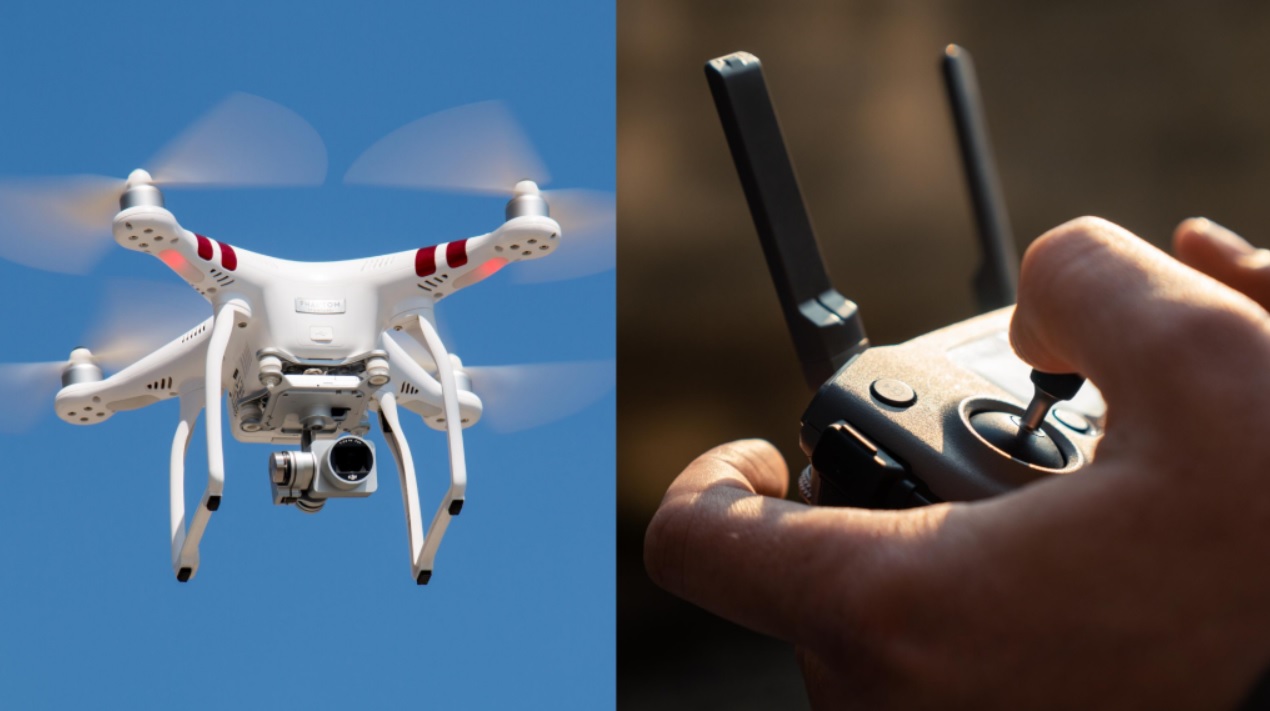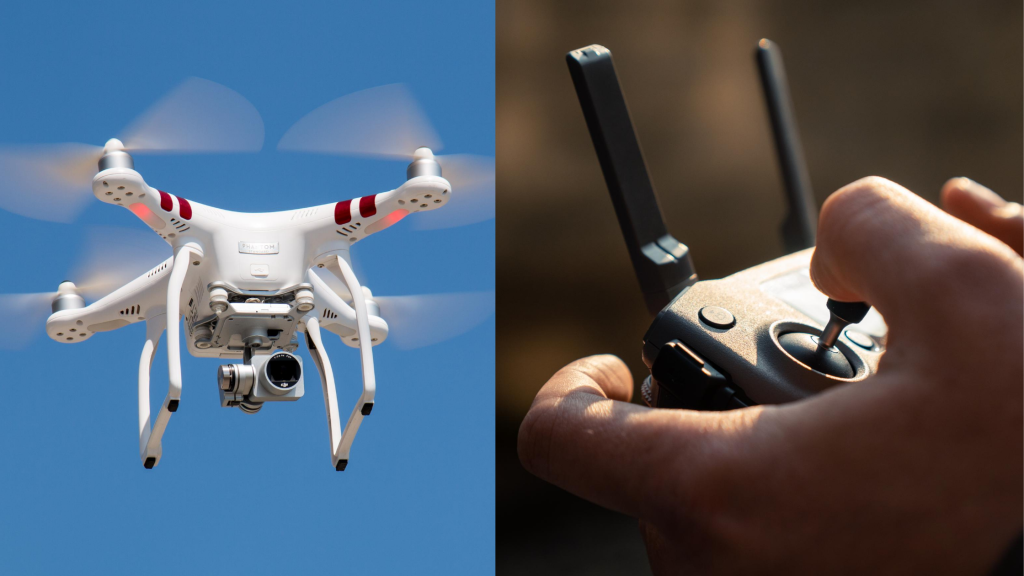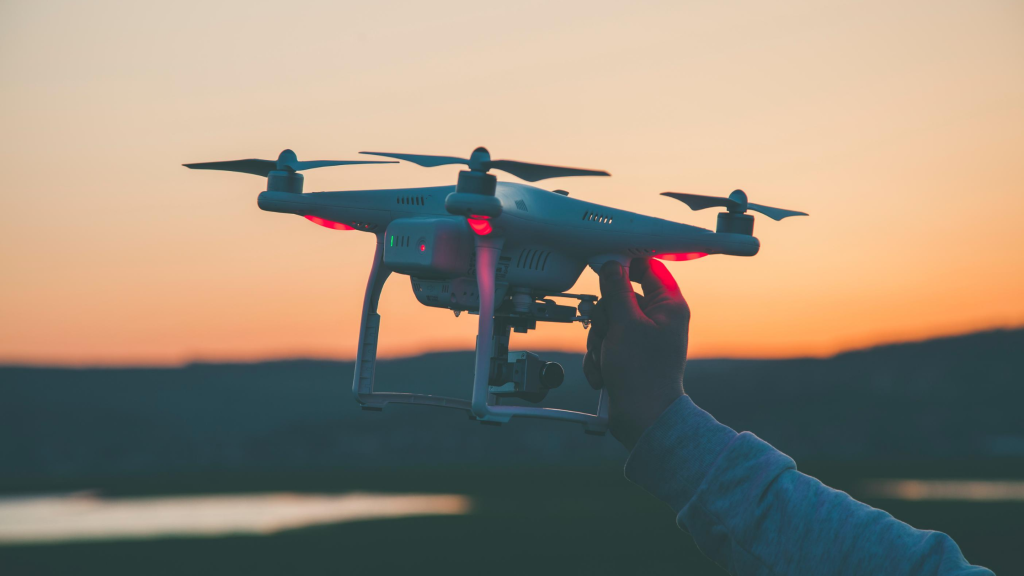
Taking Off the Law on Drones
Crisis always seem to nudge innovation and adoption of new technologies. The country is in the middle of revisiting and re-assessing its existing policies on unmanned aerial vehicles, more commonly referred to as “drones”.
Recently, the Directorate General of Civil Aviation (“DGCA”), granted permission to over 10 (ten) companies for testing their drones beyond the visual line of sight for drone delivery services. Meanwhile, the Central Government published the draft Unmanned Aircraft System Rules, 2020 (“Drone Rules”) for public and stakeholder comments. These Drone Rules aim to replace the current legal framework regulating drones in India – The Civil Aviation Requirements (“CAR Framework”), which lay down the requirements for operation of civil remotely piloted systems or RPAs.

WHAT IS THE CAR FRAMEWORK?
The intent of regulating the airspace for operation of drones, was first reflected in 2014 when India suddenly banned the use of drones for certain delivery services. Four years later in August, 2018, the first version of CAR Framework was officially issued. This has now been updated. The CAR Framework covers the registering, operating, enlisting, monitoring, manufacturing and safety requirements for civil RPAs. Currently, all types of drone owners and drones are required to enlist themselves with the DGCA and procure a unique Ownership Acknowledgment Number and Drone Acknowledgement Number, respectively, on a digital platform (“Digital Sky”). However, only RPAs which are intended to be operated or used by the operator/ pilot are required to procure further permits and comply with the CAR Framework. At this juncture, it is important to note that RPAs are unmanned aircraft systems, which are piloted from a remote pilot station. This essentially means that the CAR Framework does not regulate entirely automated, pilot-less aircraft systems or drone prototypes.
CATEGORIES
RPAs have been classified into 5 (five) different categories (nano, micro, small, medium, and large), on the basis of weight as detailed below:
– Nano: Less than or equal to 250 grams
– Micro: Greater than 250 grams and less than or equal to 2 KG
– Small: Greater than 2 kg and less than or equal to 25 KG
– Medium: Greater than 25 kg and less than or equal to 150 KG
– Large: Greater than 150 KG
PERMITS
The procedure of registering and the permissions required to be procured for operation of RPAs, depend on the origin of the RPA i.e. if it is imported or is locally purchased. For instance, RPAs which are imported in India require import clearance from the DGCA, and thereafter, an import license from the Directorate General of Foreign Trade.
Irrespective of the source of origin of RPAs, the following permits are required from relevant authorities for the operation of drones (whether recreational, experimental or commercial) in India –
Equipment Type Approval (ETA): ETA is required to be procured from the wireless planning and coordination wing of the Department of Telecommunications, prior to obtaining any other permit under the CAR Framework. This approval is valid and effective only for a particular make and model of the RPA, details of which are specified while getting the ETA.
No permission – No take off (NPNT) compliance: The NPNT regime was introduced in the first version of CAR Framework and has maintained its place in the drone regulations ever since. This requires all manufacturers to implement firmware & hardware changes in each and every RPA that only allows such flights as are authorized by DGCA. This means that the RPA cannot physically take-off unless a particular flight is not authorized by DGCA. An NPNT compliant drone cannot fly without first specifying to the DGCA its intended flight envelope, time of flight and pilot credentials. NPNT compliance certificate may be provided by the manufacturer of the RPA (or an OEM).
Unique Identification Number (UIN): A UIN is required to be procured for all eligible RPAs through the Digital Sky platform. This should not be confused with the Drone Acknowledgment Number (DAN) as DAN is issued upon listing of RPA while UIN is issued to authorize operation of RPAs. Notably, foreign entities are not eligible to apply for a UIN in India, which means a foreign entity cannot operate drones in India. Under certain specific circumstances, UIN is not required to be procured for operations, namely – for nano RPAs flying below 50 ft.; and (b) RPAs owned and operated by National Technical Research Organization, Aviation Research Centre, and central intelligence agencies.
Unmanned Aircraft Operator Permit (UAOP): UAOP is required to be procured by the pilot operating the RPA, at least 7 (seven) days prior to the commencement of operations. This may also be procured through the Digital Sky platform. In the event delivery operations are to be undertaken by the RPA, operators are also required to record the objects/ substances intended to be dropped by such RPA while applying for the UAOP. UAOP is valid only for 5 (five) years from the date of its issue and is non-transferable. All RPAs which are exempted from procuring a UIN are also exempted from obtaining a UAOP. Additionally, micro RPAs flying below 200 ft. (which do require a UIN) are also exempted from obtaining UAOP under the CAR Framework.

OPERATIONS
Once all the requisite permits and enlistments are in order, certain operational requirements are also required to be fulfilled to operate the RPA, including:
- RPA operators are required to operate as per the Standard Operating Procedures (SOP) only. These SOPs have been published in a supplement to the Aeronautical Information Publication (AIP)-India. The supplement is dedicated entirely to operations of RPAs only.
- Irrespective of the weight category, all RPA operations are to be restricted to day-time only, and have to be within the Visual Line of Sight (VLOS), though, certain persons have been allowed to test operations beyond VLOS.
- There has to be a real time flight permission through the ‘Digital Sky Platform’. This requirement may undergo refinement over time because of certain unintended delays due to inefficiency of the present infrastructure, like delay in transmission, network unavailability etc.
- It is mandatory to share a flight plan and obtaining all pre-flight clearances at least 24 hours prior to operating the RPAs. These clearances come from the nearest – Air Traffic Control Unit, IAF Unit, and flight information centre.
- All RPA operators (except for nano RPAs operating below 50 ft) are required to inform the concerned local police office in writing prior to commencing the operations.
- RPA operators are required to carry out safety risk assessment of the RPA operations including that of launch/ recovery sites. Though a procedure for security clearance has been introduced in the recently notified Drone Rules, however, more clarity is required on the same.
- The operating site shall be under the full control of operator and the take-off and landing areas should be properly segregated from public access.
- In the order of priority, a RPA is required to, at all times, give way to a manned aircraft.
- It is to be ensured that no RPA operations are conducted in notified restricted zones and no hazardous or prohibited substances are dropped by the RPA.
- In addition to informing/ seeking permission for operation of the RPA, operators are also required to inform cancellation of operations to the DGCA.
WHAT TO EXPECT NEXT?
While the CAR Framework came as a progressive step in the vastly unregulated and unchartered area of operation of drones, it requires an extensive upgrade. The Drone Rules published by the Central Government on 4th June 2020, seems to be a step towards the same.
The Drone Rules address important aspects left untouched by the CAR Framework. Primarily, in contrast with the current CAR framework, the Drone Rules’ applicability expands to all unmanned aircraft systems and not just RPAs. Additionally, all drone ecosystem participants are required to be registered with and authorised by the DGCA. The Drone Rules formalize the training process and create 3 categories of pilots: (i) Untrained- Can only pilot nano; (ii) Qualified- Can pilot nano and micro, and (iii) Licensed- Can pilot all categories. Further, the DGCA had also released (a) RPA guidence manual to acquaint the public with matters involving UIN, UAOP and related activties; and (b) drone ecosystem policy road map (“Policy”) which deals various issues including expansion of operation of RPAs beyond the visual line of sight, improved and advanced training methods for pilots, 100% foreign direct investment in drone based commercial civil aviation services, and the like.
The CAR Framework is to be completely replaced by the Drone Rules as and when they are notified. As of now, the Drone Rules were published on June 2, 2020 for inviting stakeholder comments only and were open to consultation for 30 days. It is only after finalization of these Drone Rules, that they will be tabled before the Parliament of India. Even then, it is only after passing of these Drone Rules, that they will have the effect of law. Meanwhile, the airspace and operation of drones will continue to be governed by the CAR Framework.
Though the Drone Rules seem to be broadly in line with the objectives of the Policy, one may say that the upgrades are only skeletal. While the Drone Rules throw some essential questions and concerns with respect to effective drone operations in India, the drone revolution is only just beginning!
(This blog was originally published on http://www.transfin.in)


gate.io
February 6, 2023Your article helped me a lot. what do you think? I want to share your article to my website: